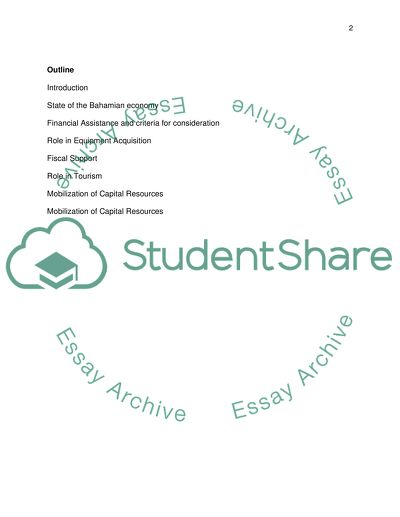Cite this document
(“The Role of the Bahamas Development Bank in the Bahamian Economy Coursework”, n.d.)
Retrieved from https://studentshare.org/finance-accounting/1405958-the-role-of-the-bahamas-development-bank-in-the
Retrieved from https://studentshare.org/finance-accounting/1405958-the-role-of-the-bahamas-development-bank-in-the
(The Role of the Bahamas Development Bank in the Bahamian Economy Coursework)
https://studentshare.org/finance-accounting/1405958-the-role-of-the-bahamas-development-bank-in-the.
https://studentshare.org/finance-accounting/1405958-the-role-of-the-bahamas-development-bank-in-the.
“The Role of the Bahamas Development Bank in the Bahamian Economy Coursework”, n.d. https://studentshare.org/finance-accounting/1405958-the-role-of-the-bahamas-development-bank-in-the.


